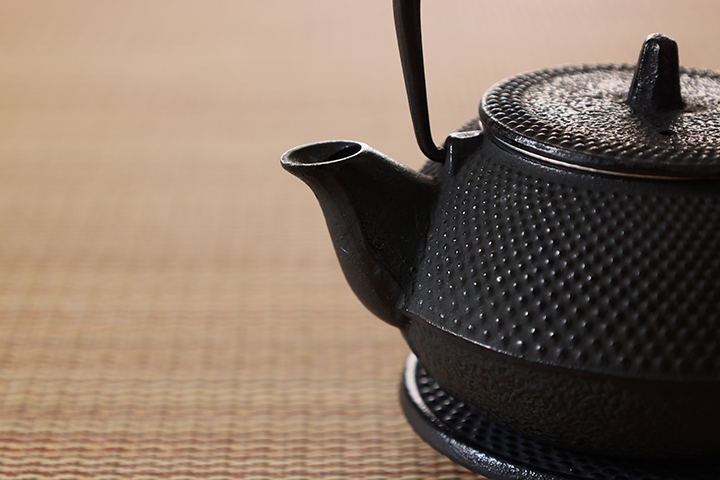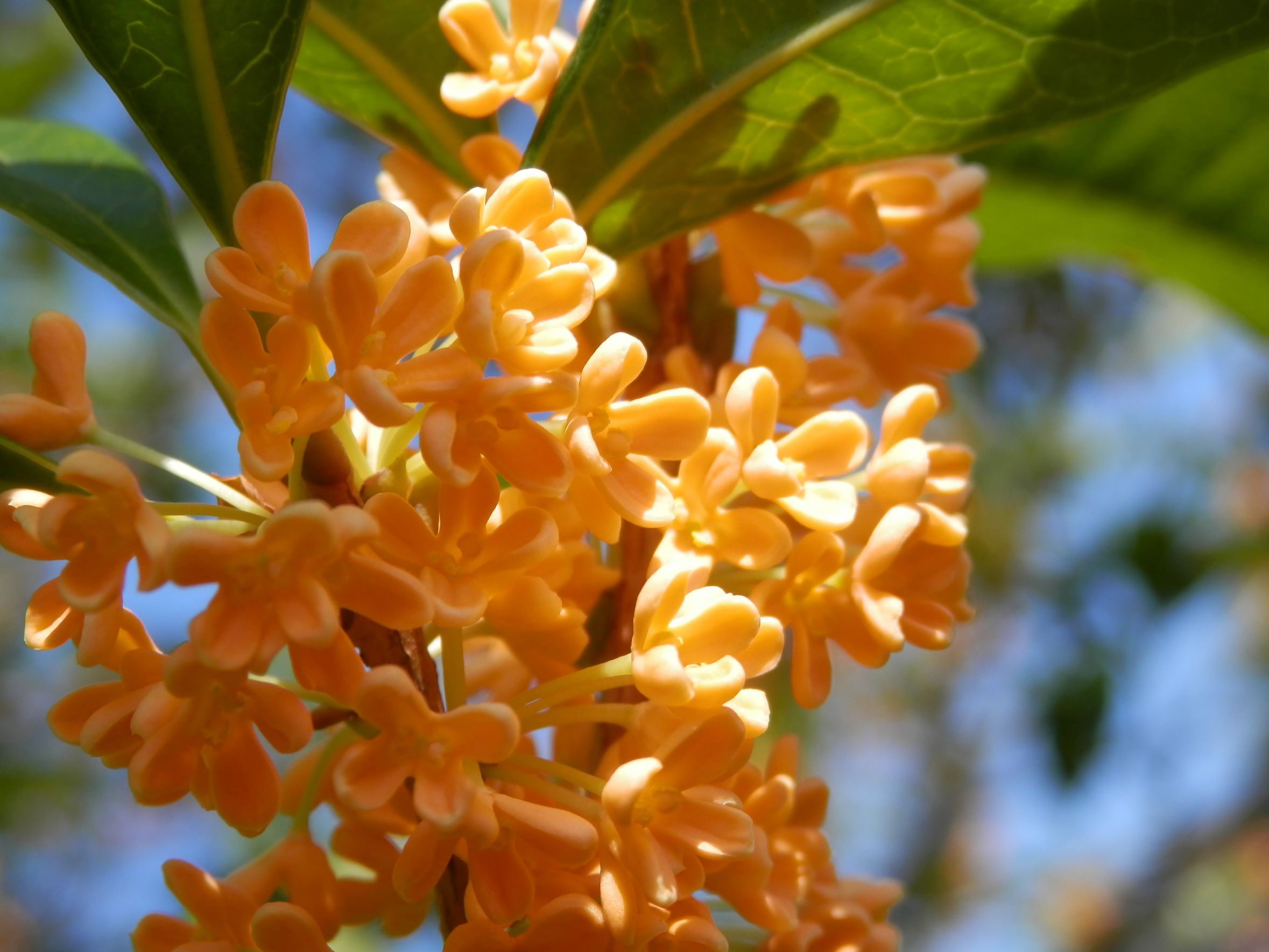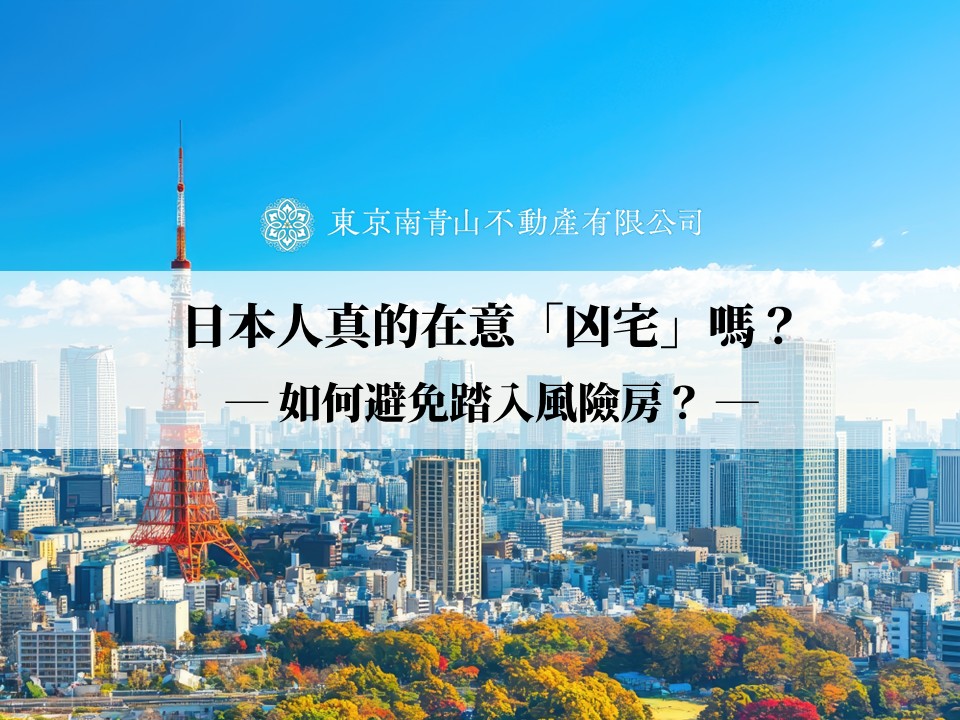Nambu Ironware, a renowned metalwork from Iwate Prefecture, originated in the 17th century. Named after the Nambu domain (centered around present-day Morioka City, Iwate Prefecture), it is designated as a traditional craft of Japan. Today, colorful and modern designs are also produced, gaining popularity overseas.
The Beginning with Tea Kettles
Nambu Ironware refers to cast iron products made in Morioka and Oshu cities in Iwate Prefecture. Cast iron involves melting iron and pouring it into molds to shape it. The production of Nambu Ironware began in the early 17th century during the Edo period. The origins differ between Morioka and Oshu; in Morioka, it is said that the Nambu domain invited tea kettle craftsmen from Kyoto to create tea kettles (chagama). Subsequently, many craftsmen from across Japan were invited to produce various items such as tea kettles, weapons, and daily necessities. In the 18th century, Koizumi Ninzaemon Kiyotaka, a kettle craftsman serving the Nambu domain, developed a smaller iron kettle based on the tea kettle. This compact kettle, designed for one-handed use, is still widely used for boiling water today.
On the other hand, in Oshu, it is believed that Fujiwara no Kiyohira invited metalworkers from Shiga during the Heian period to produce household items. The region's abundance of high-quality resources contributed to the development of Nambu Ironware as a major industry.
Tea Kettle
Tea Kettle
Manufacturing Process of Nambu Ironware
Nambu Ironware includes various products such as tea kettles, teapots, and pots, but the most well-known item is the iron kettle. Traditionally, it is said that "Nambu iron kettles have no metallic taste," meaning the water boiled in them does not become cloudy or develop a metallic smell. This is due to the traditional technique of preventing metallic taste. It is said that the manufacturing process involves over 100 steps.
Iron Kettle Manufacturing Process:
1. Design and Wooden Mold:
The design is drawn, and based on it, wooden molds are created for making the cast. The wooden molds include the body mold (upper half), the bottom mold (lower half), and the lid. Traditionally, these molds were made of wood, but nowadays they are made of iron plates.
2. Creating the Cast:
The wooden mold is placed inside a model called "sanegata," and while rotating, sand and clay are used to create the cast.
3. Pattern Pressing and Surface Finishing:
Once the cast is completed, various patterns are applied before it dries. The traditional "arare" pattern features small protruding dots scattered across the entire kettle, showcasing the skill of experienced craftsmen. Additionally, surface finishing is done by lightly pressing a mixture of river sand and a small amount of clay dissolved in water onto the cast to create texture. Brushes or tools wrapped in cloth may also be used.
4. Baking the Cast:
The cast is thoroughly dried and then baked at around 1200°C to harden it. Any fine cracks that occur during this process are corrected with brushes or spatulas.
5. Creating the Core:
To create the hollow interior of the iron kettle, a slightly smaller core called "nakago" is made separately from the cast. The core is made by mixing materials such as baked sand, river sand, and clay water (called "hajiru") and shaping them on a potter's wheel to form the body and bottom molds. The completed core is thoroughly dried in the sun to remove all moisture.
6. Assembling the Mold:
The core is manually fitted into the cast, and the mold is assembled. Iron parts called "katamochi" are placed in 2-3 locations on the core to prevent it from floating when iron is poured in, and then the bottom mold is placed over it.
7. Casting:
Pig iron is melted in a furnace called "koshiki" to create molten iron. The furnace temperature is around 1400-1500°C. The molten iron is scooped with a ladle called "toribe" and poured into the cast.
8. Baking and Finishing:
Once the iron cools and solidifies, the cast and core are removed. Any excess iron is trimmed, and the entire kettle is cleaned with a wire brush. The kettle is then baked over charcoal at around 800°C for 30-40 minutes to form an "oxide film." This process, known as "kinkizome," protects the ironware from corrosion and rust.
9. Polishing and Coloring:
After thorough checks for leaks, the kettle undergoes polishing and coloring. It is heated over charcoal to around 200-300°C, and lacquer is applied with a brush. The kettle is heated while the lacquer is baked on, and then a mixture of iron rust, lacquer, acetic acid, and tea called "ohaguro liquid" is applied with a brush for finishing.
10. Making the Handle:
The handle is made through forging by specialized craftsmen. Once the handle is attached to the finished kettle, the Nambu Ironware is complete.
(Summary)
Nambu Ironware has been passed down for about 400 years. With proper care, it is said to last over 100 years, truly making it a lifelong possession. Each piece is uniquely designed and patterned by artisans. Find your favorite masterpiece and enjoy its timeless charm.











